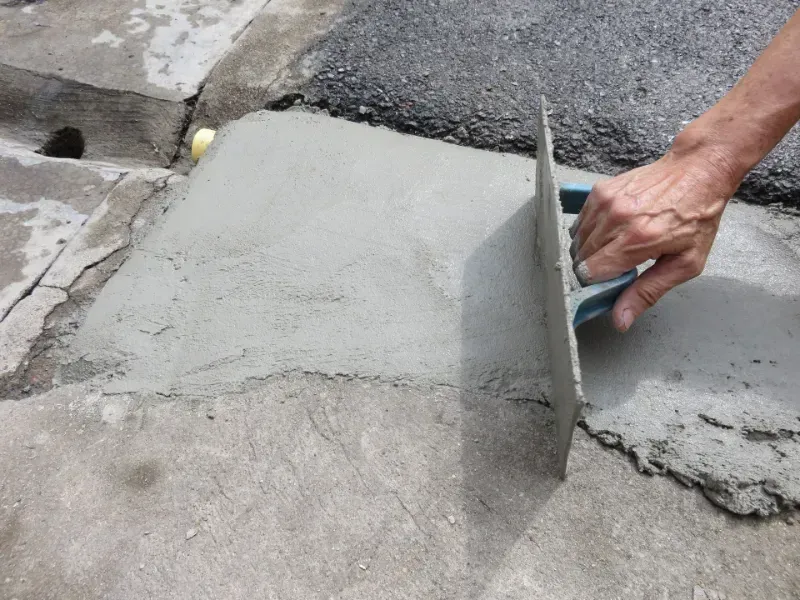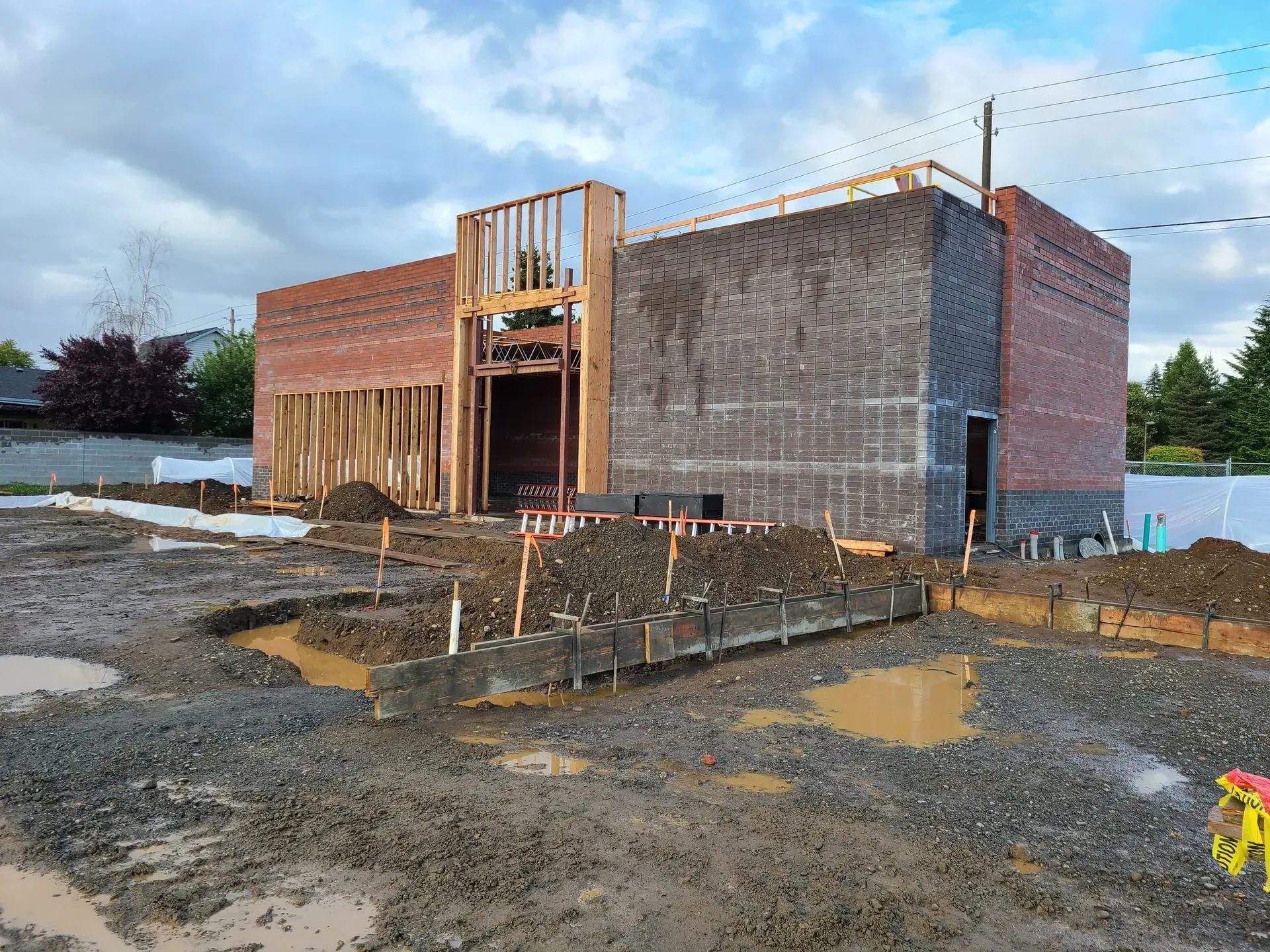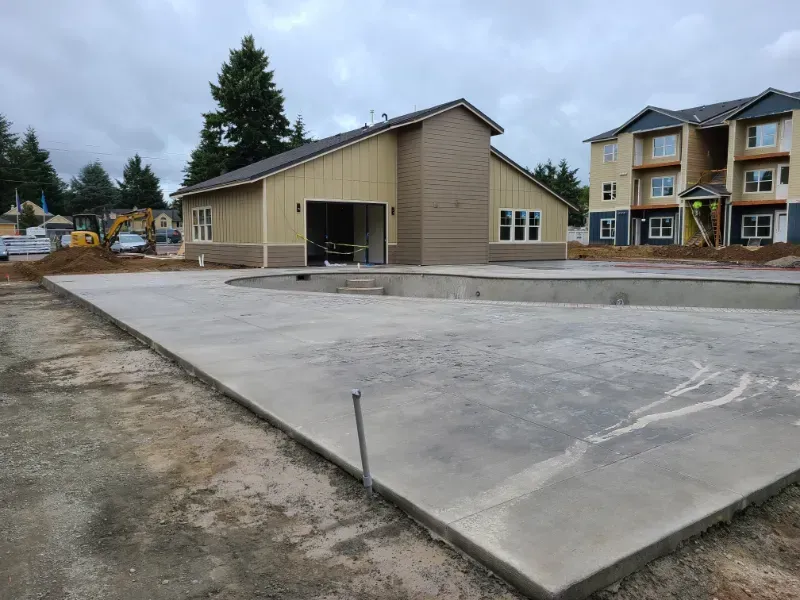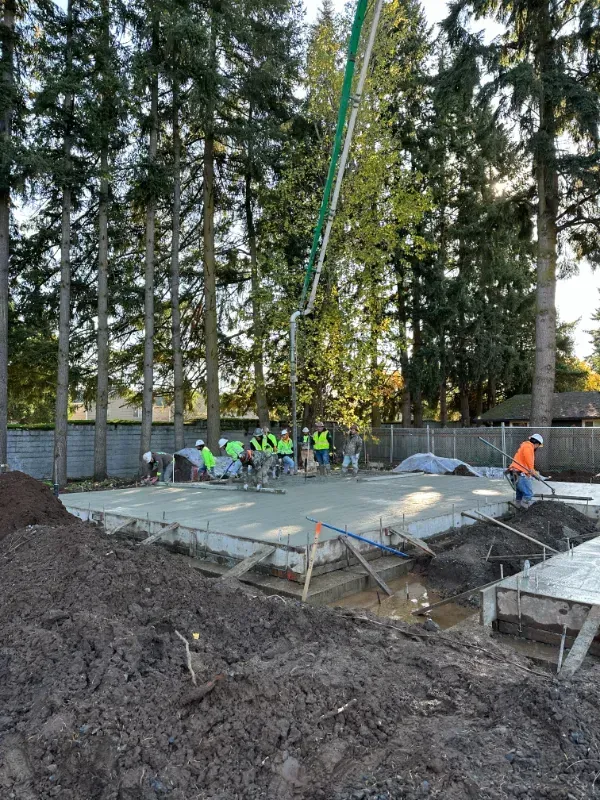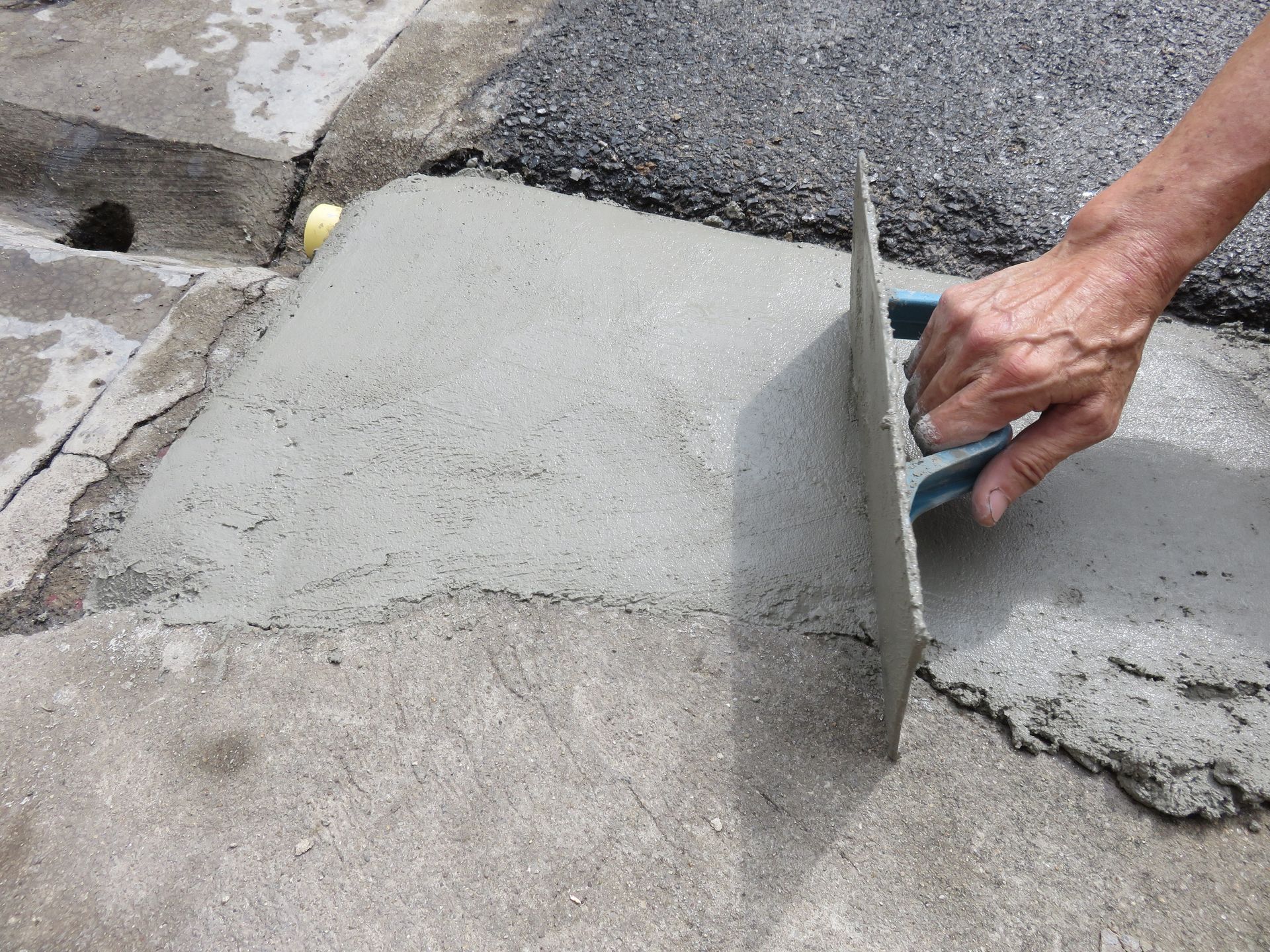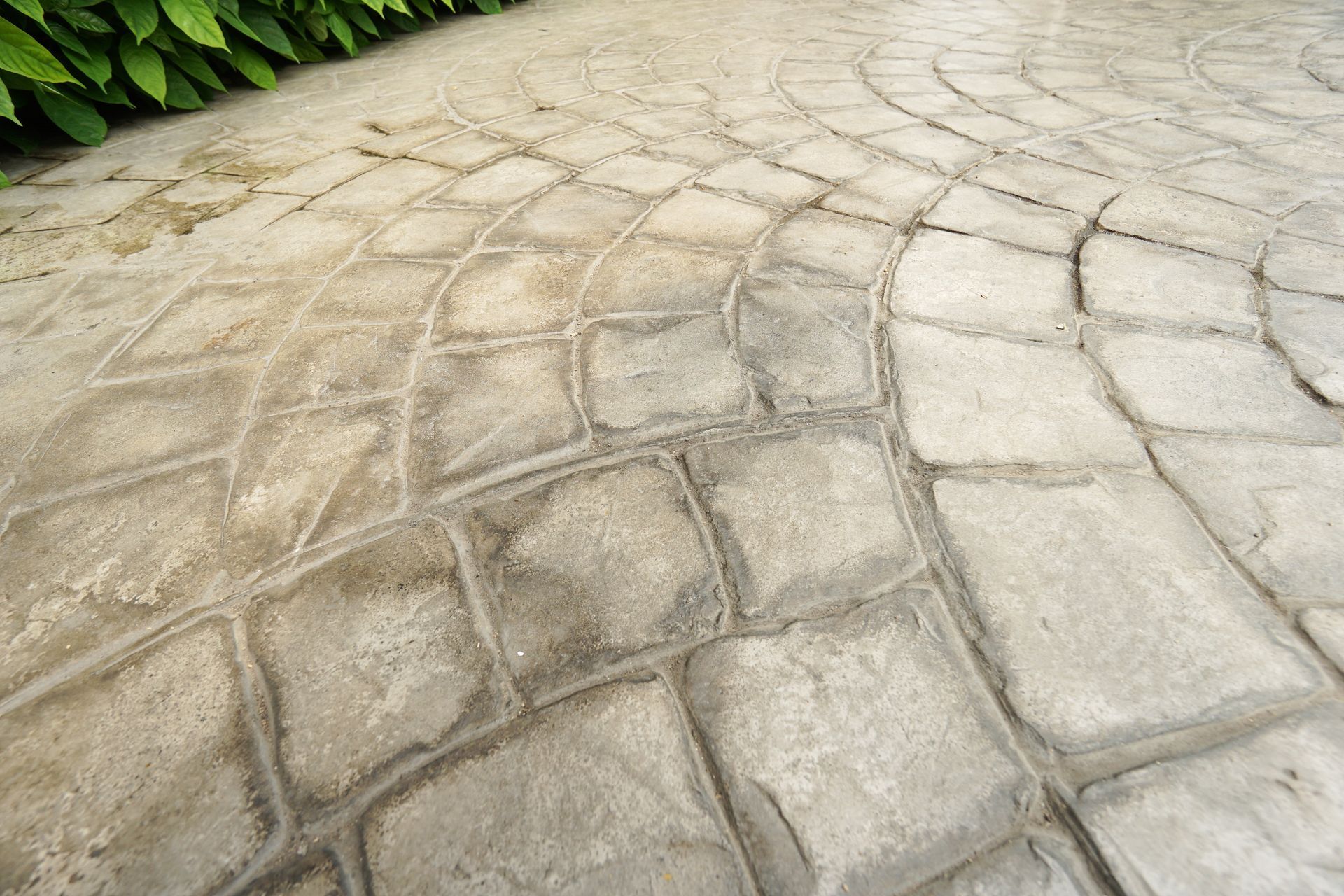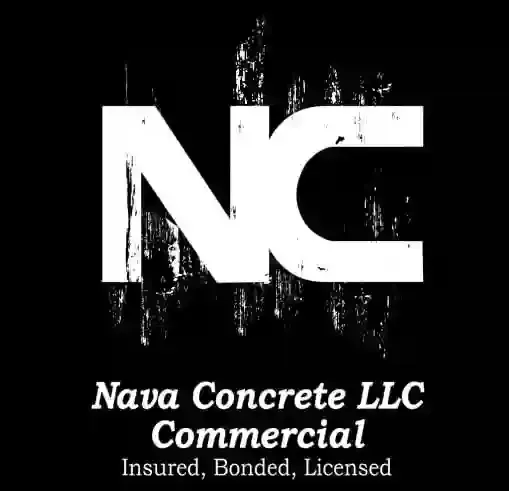What to Expect During a Concrete Installation: A Guide for First-Time Clients
So, you’ve decided to install concrete for your home or business. Whether it’s a driveway, patio, sidewalk, or foundation, concrete is a durable, long-lasting investment. But if this is your first time hiring a contractor for concrete installation, you may have questions about the process.
How long does it take? What happens at each stage? Will there be a mess? Understanding the installation process helps you plan better, avoid surprises, and ensure everything goes smoothly. This guide walks you through what to expect from start to finish, so you’re prepared for your upcoming project.
Understanding the Concrete Installation Process
Concrete installation is more than just mixing and pouring. It’s a step-by-step process that requires careful planning and execution to ensure the final result is strong, smooth, and built to last. Skipping steps or rushing can lead to cracks, uneven surfaces, or weak spots.
The process typically involves site preparation, mixing, pouring, curing, and finishing touches. Each phase plays a crucial role in ensuring your concrete remains durable and beautiful for years to come. Knowing what to expect will help you feel confident throughout the project.
How to Prepare for Your Concrete Project
A little preparation before the crew arrives can make a big difference. First, clear the work area. Move any furniture, vehicles, or decorations that could get in the way. This helps the crew work efficiently and avoids unnecessary delays.
Think about accessibility. If the project is in your backyard, does the contractor have an easy way to get equipment in and out? If fences or landscaping need to be adjusted, it’s best to plan for that ahead of time. Also, check the weather—while contractors monitor forecasts, knowing that weather plays a role in scheduling can help set the right expectations.
Site Preparation: The Foundation for a Successful Install
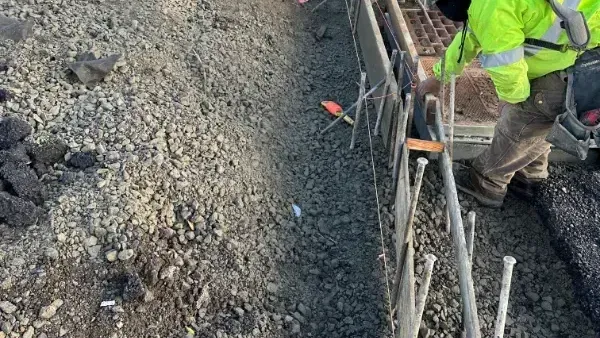
Before any concrete is poured, the ground needs to be properly prepared. The crew will remove grass, dirt, rocks, or old concrete from the site and level the surface to prevent shifting or sinking. If needed, they’ll compact the soil and add a gravel base for extra stability.
For driveways, patios, and sidewalks, contractors may use wooden or metal forms to define the shape of the slab. These forms ensure the edges are straight and give the concrete the proper thickness. Proper site preparation is key to preventing future cracks or uneven spots.
The Importance of Proper Concrete Mixing and Pouring
Concrete isn’t just a random mix of cement and water—it’s a carefully measured combination of cement, sand, gravel, and water in precise proportions. The right mix ensures your concrete is strong, durable, and resistant to wear and tear.
Once the mix is ready, the crew pours it into the prepared area and spreads it evenly. Special tools smooth the surface, removing air pockets and ensuring a level finish. If reinforcement like rebar or wire mesh is needed, it’s placed inside the slab at this stage to provide extra strength.
Curing Time: Why Patience Is Key for Long-Lasting Concrete
Concrete doesn’t dry—it cures. This means it gradually hardens over time as it undergoes a chemical process. While it might feel solid after a day, it takes about 28 days to reach full strength.
During the first few days, keeping the surface moist helps prevent cracks. Contractors may lightly spray water on the slab or cover it with plastic sheeting to slow down evaporation. While you can typically walk on new concrete after 24-48 hours, it’s best to wait at least a week before parking a car on a new driveway.
Finishing Touches: Smoothing, Stamping, and Sealing
Once the concrete is poured and smoothed, the finishing stage begins. Depending on your project, different textures or patterns can be added. Broom finishing creates a slip-resistant surface, ideal for driveways and sidewalks. Stamped concrete mimics the look of brick, stone, or tile, adding a decorative touch to patios and entryways.
After curing, many contractors recommend applying a sealant. This helps protect against stains, moisture, and weather damage, keeping your concrete looking fresh for years. Sealants can also enhance color and add a subtle sheen for a polished look.
How Weather and Temperature Affect Concrete Installation
Concrete is durable, but weather plays a big role in installation. Extreme heat can cause the concrete to dry too quickly, leading to cracks, while freezing temperatures can slow down curing or cause surface damage.
That’s why contractors carefully plan installations around the weather. In hot conditions, they may pour early in the morning or use cooling methods. In colder climates, they might add special compounds to help the concrete cure properly. Understanding how weather affects the process helps set realistic expectations for timing and results.
Common Challenges and How Professionals Overcome Them
Even with careful planning, unexpected challenges can arise. One common issue is uneven settling, which happens if the ground wasn’t properly compacted. To prevent this, professionals ensure a stable base before pouring the concrete.
Another challenge is cracking, which can occur if the concrete dries too fast or isn’t reinforced correctly. Expansion joints—those grooves you see in sidewalks—help control cracking by allowing the concrete to expand and contract naturally. A skilled contractor knows how to anticipate and prevent these problems before they happen.
Timeline Breakdown: How Long Does a Concrete Project Take?
Every project is different, but here’s a general idea of how long a concrete installation takes:
- Site preparation – 1 to 2 days
- Pouring and smoothing – 1 day
- Initial setting (safe to walk on) – 24-48 hours
- Curing time (full strength) – 28 days
Smaller projects, like walkways, may be completed in a few days, while larger jobs, like driveways or patios, may take longer. Either way, patience is key to ensuring the best results.
Aftercare Tips to Keep Your New Concrete in Top Shape
To extend the life of your concrete, a little maintenance goes a long way. Avoid placing heavy loads on it too soon—especially for driveways, where waiting at least a week before parking is recommended.
Sealing your concrete every few years helps prevent stains and surface damage. Regular cleaning with a hose and mild soap keeps dirt and debris from building up. If you notice small cracks, repairing them early prevents bigger problems down the road.
Ready for a Concrete Installation? Contact Nava Concrete Today!
Now that you know what to expect during a concrete installation, you can approach your project with confidence. Whether you’re getting a new driveway, patio, or sidewalk, having the right team makes all the difference.
At Nava Concrete, we specialize in high-quality concrete installations in Vancouver, WA. Our experienced crew ensures every step—from site preparation to final sealing—is done with precision and care. Call us today at (360) 721-8093 to get a free quote and bring your concrete project to life!
CONTACT US
You can also find us here:
QUICK MENU
All Rights Reserved | Nava Concrete LLC

